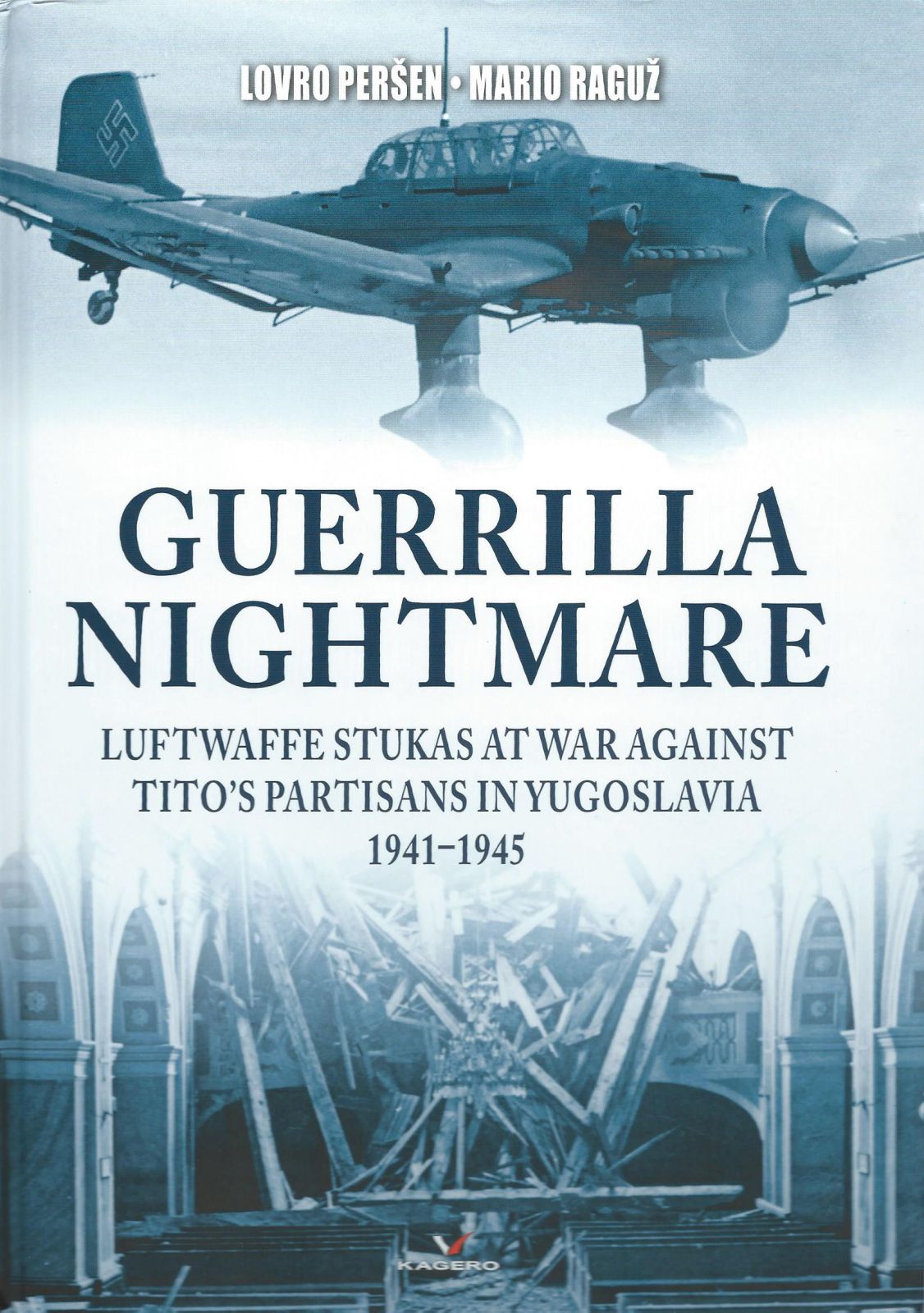Guerrilla Nightmare: Luftwaffe Stukas at War Against Tito’s Partisans in Yugoslavia, 1941-1945
In most World War II publications, there is very little mention of the events surrounding the war activities occurring in the area in and around Yugoslavia. While the Luftwaffe did not have a dedicated permanent base, they were effective against the partisans that comprised the Communist-led resistance in occupied Yugoslavia led by Marshal Josip Broz Tito. For five long years, the Stuka units in Yugoslavia battled the partisans, considered by many to be Europe’s most effective anti-Axis resistance movement in the war.
The book is arranged into twelve chapters which chronologically covers the various operations during the war. Coverage starts during the initial stages of the battles with Operation Marita in April of 1941. German, Italian, and Hungarian air forces banded together in the assault on Yugoslavia. Coverage continues with Operations Weiss and Schwarz (Case White and Black), the goals of which were to depose Tito and put an end to the partisan opposition. These battle instead proved to be a turning point towards partisan control of the country.
The Stuka continued to be a major part in Luftwaffe operations until the end in Yugoslavia when the Red Army started to move into the country to send the war towards its inevitable end. The book does a great job of depicting the operations with many excellent b&w images of Stukas in combat and on the ground. Interspersed with these photos are images of life in the Luftwaffe for the airmen and their crews during their time in Yugoslavia.
The appendices include charts listing the identified Stukas in Yugoslavia, including their units, types, codes in some cases, and notes determining where some aircraft ended up where it was available. The book concludes with the color profiles showing the Stukas in various schemes, as well as some Stukas in Royal Hungarian, Italian, Bulgarian, Romanian, and even captured Partisan schemes.
This book is an excellent resource for those who interested in history and modeling from the Eastern Front. It’s is a great read full of informative coverage of a little-known theater in the time leading up to the German invasion of the Soviet Union and the subsequent withdrawal back to the Fatherland and to eventual defeat at the hands of the Allies. The photos in the book provide many ideas for dioramas and the color profiles inspire modelers to build and paint something out of the ordinary when they have a Stuka kit sitting in front of them for want of an idea of what to do with it. This book is highly recommended to anyone interested in operations on the Eastern Front, especially those involving one of the most famous and dreaded dive bombers in history. My sincere thanks to Casemate Publishing and to IPMS/USA for the privilege of reviewing this excellent resource.







Comments
Add new comment
This site is protected by reCAPTCHA and the Google Privacy Policy and Terms of Service apply.
Similar Reviews